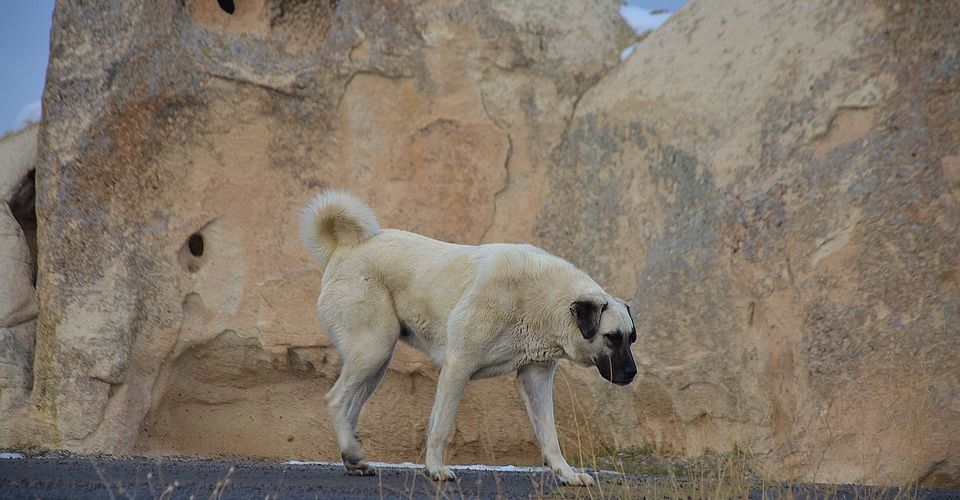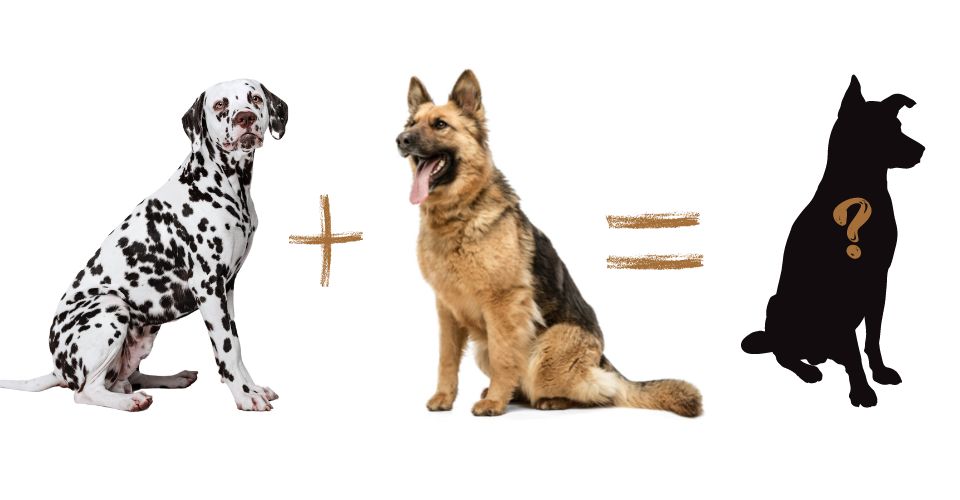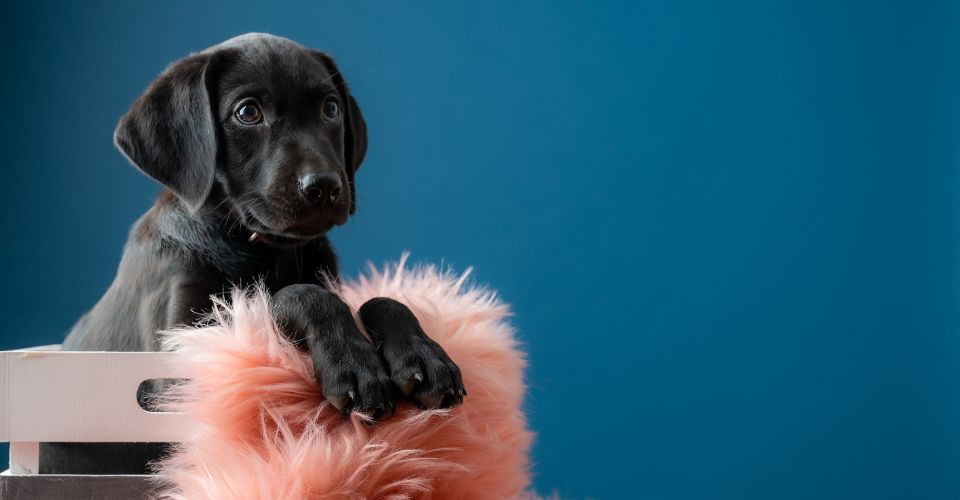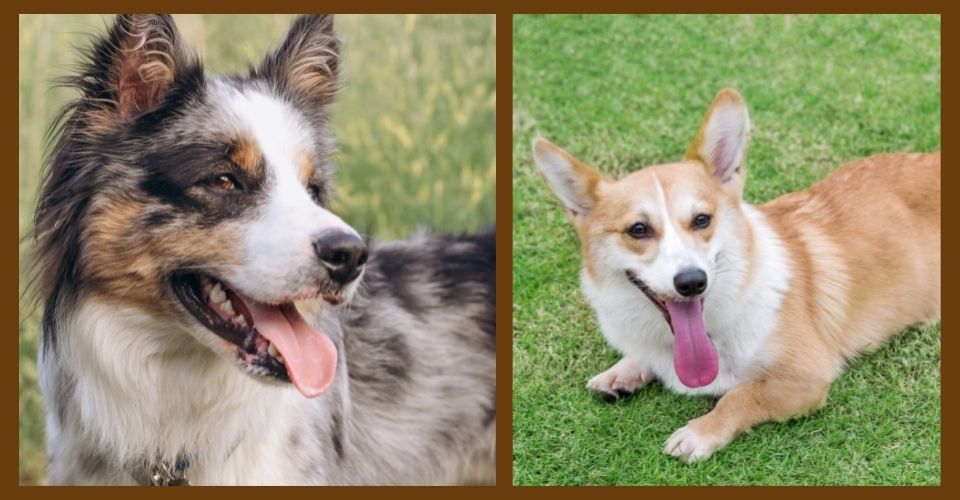Dwarfism in German Shepherd Dogs is common, and it causes them to appear smaller than their normal size even when fully grown. This is a rare genetic disorder that can occur as a result of breeding two purebred German Shepherds. A dwarf German Shepherd is similar to a German Shepherd but has shorter legs.
You’ve most likely heard of the well-known German Shepherd. The police and military frequently use them due to their intelligence and wide range of appeals. German Shepherds are devoted, easy to train, and enjoy playing. A full-grown German Shepherd dog stands 26 – 31 inches tall and requires a lot of room to run around and play.
German Shepherds might have pituitary dwarfism. This is a genetic disorder that can happen to humans as well. The pituitary gland does not produce enough growth hormones, and as a result, dogs are born with dwarfism—they appear fully grown but are relatively smaller in size compared to normally grown dogs.
More About Dwarfism in German Shepherds
Dwarfism in German Shepherds starts in puppyhood, and it is a juvenile-onset canine disease. As explained earlier, Sometimes the pituitary gland does not develop properly, or a tumor on the gland stops it from growing. Either way, pituitary dwarfism affects the growth of German Shepherd the most as compared to other dog breeds.
The disorder affects male and female German Shepherds equally. The condition is visible in early life, mostly when the dog is two to three months old. Normally, a German Shepherd has a lifespan of 10 – 15 years, but a dwarf German Shepherd is said to have a shorter life expectancy—7 to 10 years.
2 to 3 Months Old
A German Shepherd puppy manifests slowed growth when he’s just 2—3 months old. A normal German Shepherd will continue to grow, whereas the dwarf would have stunted growth.
Three Months to 1 Year Old
A dwarf German Shepherd retains the puppy coat and doesn’t shed it out. The coat becomes sparse and begins to shed over time, and the skins become dark and scaly. However, the coat remains soft like a puppy’s, and more fur grows on hocks and heads. Adult teeth do not grow very much, and puppy teeth do not fall out either. If the puppy teeth fall out, it takes time for the adult teeth to appear.
1 to 4 Years
Although growth is slow, it occurs in the dwarf German Shepherd for a maximum of four years. The growth plates take about four years—soft cartilage over the leg bones—to fully develop and harden. Also, a regular German Shepherd is free of hip dysplasia and various other genetic diseases, but dwarf GSDs are prone to these types of genetic diseases. Before adopting a dwarf GSD, you should have a veterinarian perform a thorough medical examination to determine the severity of the condition.
Dwarf German Shepherd Breed Overview
A dwarf German Shepherd has the markings and color of a normally grown German Shepherd, and most of the physical characteristics are similar as well. Your small pup would have a double coat with an outer coat that is slightly wavy and blackish-brown or reddish-black in color. Dwarf GSDs have large erect ears and a bushy downward curvy tail too.
Key Features
Height/size: Small (15 – 20 inches)
Weight: 25 – 30 pounds
Coat type: Double and thick
Coat length: Medium
Coat colors: Black, brown, red, white, tan, and cream
Intelligence level: High
Temperament: Athletic, energetic, intelligent, playful, loyal
Grooming: Moderate to high
Good for first-time owners: Yes
Easy to train: Yes
Average price: $600 to $1000
Things to Know Before Buying a Dwarf German Shepherd
Before buying a dwarf German Shepherd, you must consider various factors and make an informed decision. You need to pay a visit to the breeder and gather all the information regarding the dog’s breed. For example, you must have a look at his parents and make sure they are healthy and fine. Since it is a big investment, you must make sure that the breeder provides you with all the relevant paperwork. Here are some other questions that you might need answers to.
Are Dwarf German Shepherds Hypoallergenic?
If you or anyone in your family is prone to pet allergies, you might be wondering if the dwarf German Shepherd is hypoallergenic. German Shepherds are heavy shedders naturally, but what about the dwarf ones? Do they shed too?
Read: Irish Dog Breeds
Yes, the dwarf German Shepherds do shed, and they are not hypoallergenic. They are the same as the German Shepherds, and since they have double coats, they shed throughout the year. When GSDs blow their coat, they shed clumps of hair because of seasonal change. This mostly happens during the spring and fall because that is when the GSDs prepare for a suitable coat for the upcoming season. For example, if it’s spring, the coat will change to a lighter and cooler coat to prepare for the hot weather.
What’s the Price of the Dwarf German Shepherd?
The price of the miniature German Shepherd depends on the parents’ breeds. Mostly, a dwarf German Shepherd has an average cost of $1500, but it can go above $2000 depending on the breeder.
Wrap-Up: Having a Dwarf German Shepherd as a Pet
A dog with a disorder as a pet? Well, you might be surprised, but the dwarf German Shepherds can prove to be excellent pets. Though they can be a little more aggressive than the normally grown German Shepherds, they still have all the traits and same temperament as them. If you take care of your pup’s diet, include supplements such as hormone supplementation and fish oil, he will be a perfect companion.
Also, you must consult a vet regarding the physical activities and exercises your dwarf GSD will need, along with those you must avoid. A vet will evaluate your pooch’s condition and then give you a list of do’s and don’ts so that you get a better idea. With the right care and treatment plan, you can give your dwarf German Shepherd a happy and healthy life.
Explore more on Dog Breeds: 9 Things You Need to Know About a Doberdoodle





